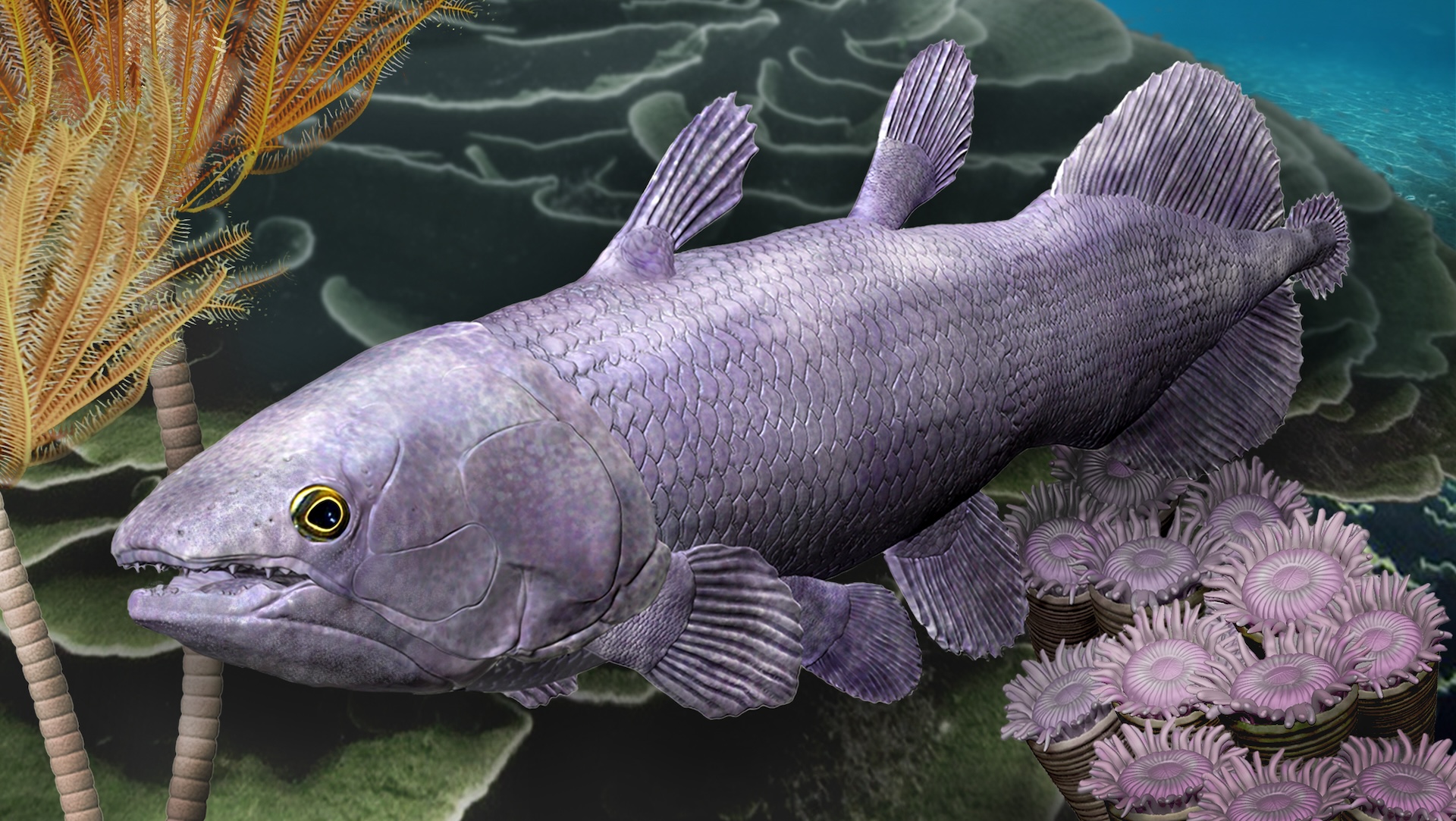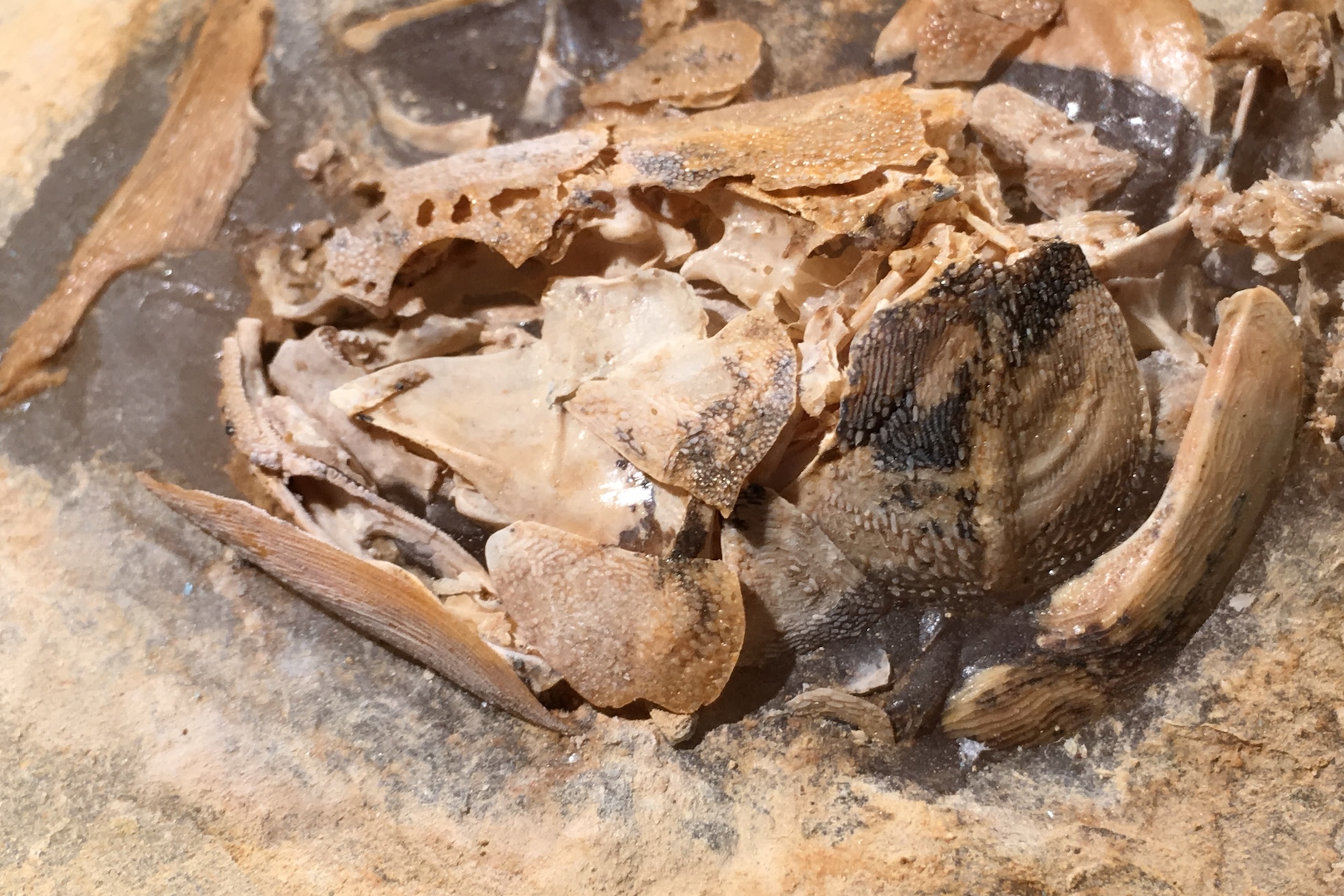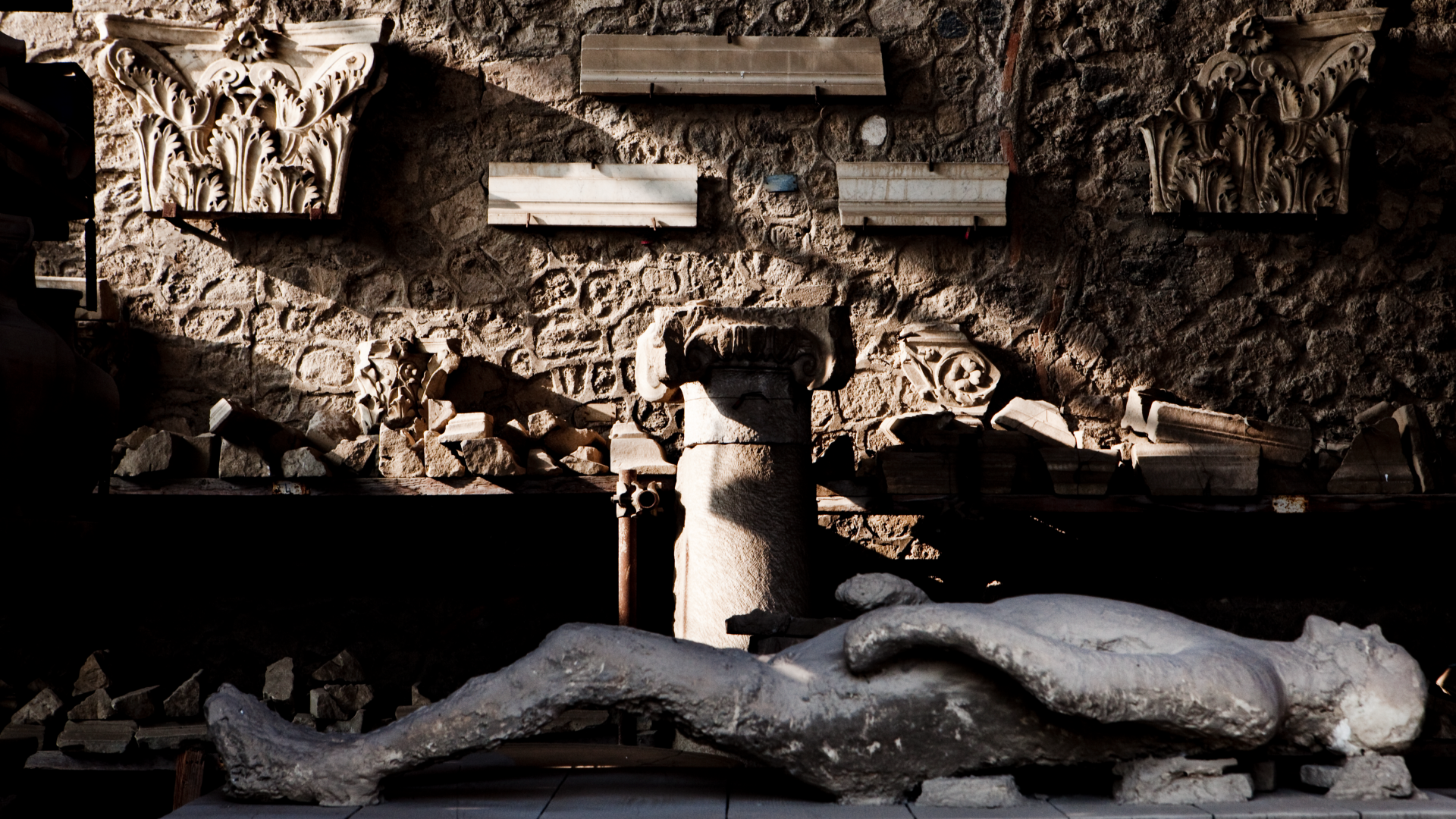Ancient relative of 'living fossil' fish reveals that geological activity supercharges evolution
The ancient coelacanth, which has existed for some 419 million years, never stopped evolving despite its reputation as a "living fossil." A new discovery reveals that it evolved faster when plate tectonics were most active.

Primeval fish that were thought to be "living fossils," largely unchanged since the time of the dinosaurs, are actually evolving dramatically — and they evolved faster when Earth's continents moved faster, fossils of a newly identified coelacanth species have revealed.
The findings suggest that the large-scale movement of continents may spur the evolution of life, the researchers reported Thursday (Sept. 12) in the journal Nature Communications.
Coelacanths are large fish that evolved 410 million years ago. Once known only from fossils, they were thought to be extinct until a fisher in South Africa hauled one up in 1938. Biologists dubbed the modern coelacanth a "living fossil" and believed it had not evolved much over millions of years.
The two coelacanth species alive today, Latimeria chalumnae and Latimeria menadoensis, are more closely related to other early fish, such as lungfish, than they are to today's modern ray-finned fish.
Related: How fast does evolution happen?
But now, new "bridge" fossils reveal that coelacanths never stopped changing. The fossils, beautifully preserved in three dimensions, are one of the best anatomical looks yet at coelacanth history. Combined with other coelacanth fossils, the discovery reveals that the more geologically active the environment was, the more evolutionary change the fish underwent.
"Somewhat surprisingly, plate tectonic activity had a strong influence on rates of evolution of coelacanths throughout their 400 million-year history," said study first author Alice Clement, an evolutionary biologist at Flinders University in Australia.
Get the world’s most fascinating discoveries delivered straight to your inbox.
The newly identified species of coelacanth, Ngamugawi wirngarri, was found in the Kimberley region of northwestern Australia. It's now tropical, with landscapes ranging from mountains to grasslands. But 385 million years ago, it was a thriving reef with at least 50 species of fish, Clement told Live Science. "In a sense, it was Australia's first great barrier reef, stretching hundreds of kilometers offshore," she said.
Two specimens of the new coelacanth species were first found in 2008. It was the first coelacanth from the site, Clement said, so researchers knew they had something special. But it took years to prepare the fossils and analyze the finds.

The newly identified species' scientific name means "ancient fish" in the language of the First Nations Gooniyandi people, who live near the fossil beds. The species was small — only about 7.8 inches (20 centimeters) long. The modern species, by contrast, are about 6.5 feet (2 m) long.
The anatomy of the fish fell between the earliest "primitive" species, which date to 410 million years ago, and the species that still swim the oceans today. By looking at differences among the fossils over time, the researchers learned that while the fish's large-scale features, like its body shape, have stayed consistent since the Cretaceaous more than 66 million years ago, the bones of the jaw and skull have continued to evolve.
In fact, study co-author Richard Cloutier, an evolutionary biologist at the University of Quebec at Rimouski, told Live Science that if all researchers had to go on was the skull, "we would have never thought that it was a 'living fossil,' because it changed so much."
The change was associated with faster rates of continental drift, even more so than environmental factors such as oxygen levels in the ocean or water temperatures, the researchers found.
"I suppose," Clement said, "that greater tectonic plate activity drives the formation of new environments, or splits existing populations in half to continue upon their own natural evolutionary experiments."

Stephanie Pappas is a contributing writer for Live Science, covering topics ranging from geoscience to archaeology to the human brain and behavior. She was previously a senior writer for Live Science but is now a freelancer based in Denver, Colorado, and regularly contributes to Scientific American and The Monitor, the monthly magazine of the American Psychological Association. Stephanie received a bachelor's degree in psychology from the University of South Carolina and a graduate certificate in science communication from the University of California, Santa Cruz.
